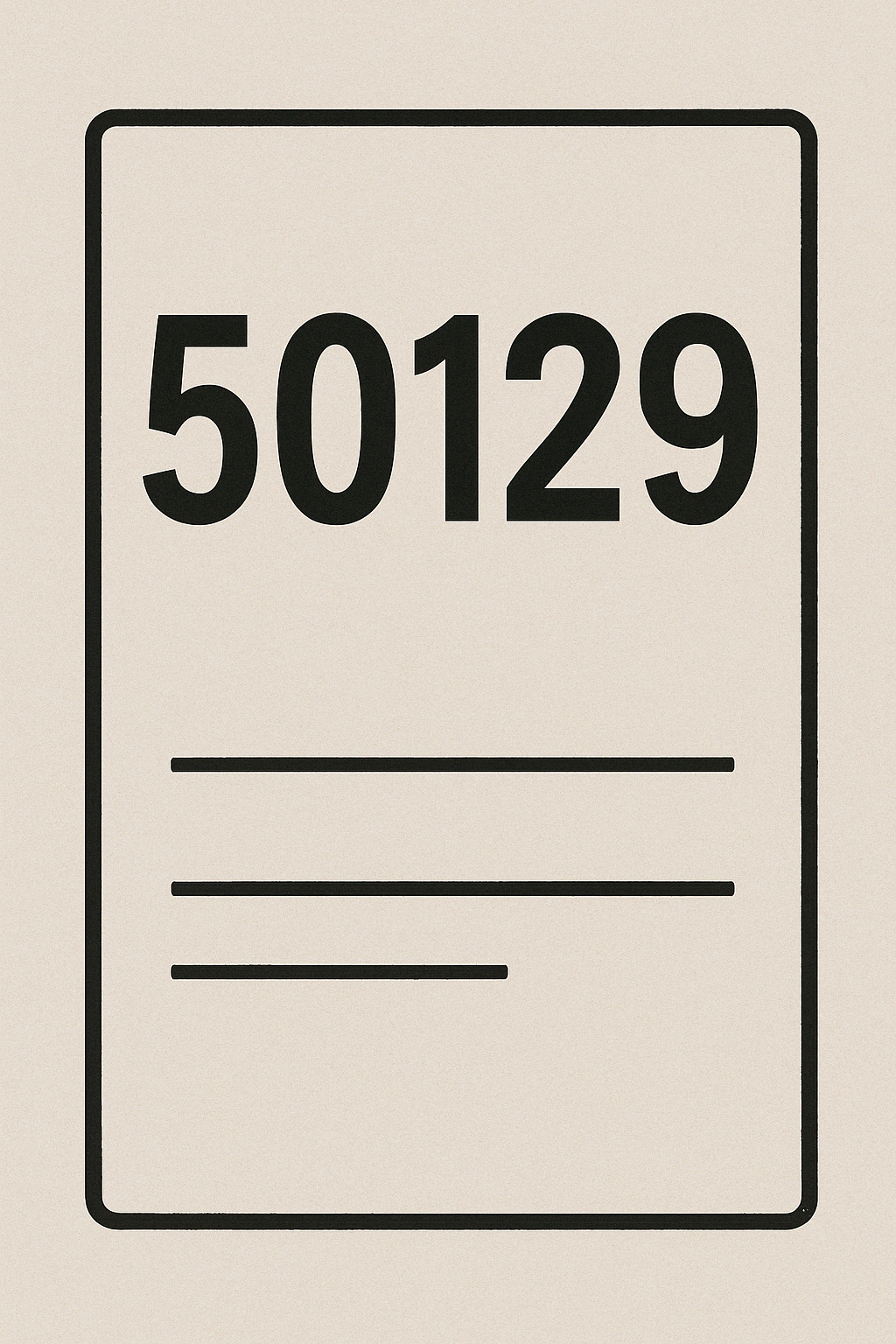EN 50129: Enhancing Safety in Railway Signalling Systems
In the railway industry, safety is paramount. EN 50129 is a critical European standard that provides guidelines for the development, implementation, and maintenance of safety-related electronic systems used in railway signalling. This standard ensures that signalling systems are designed to operate reliably and safely, protecting both passengers and railway staff from potential hazards.
What is EN 50129?
EN 50129 is the European standard dedicated to the safety of signalling systems. It specifies the requirements for safety-related electronic systems in railway applications, detailing the processes needed to achieve and demonstrate safety throughout the system’s lifecycle. By addressing aspects such as risk analysis, system design, verification, validation, and maintenance, EN 50129 helps organizations build and maintain robust signalling systems that can withstand the demands of modern rail operations.
Key Components of EN 50129
EN 50129 encompasses several critical areas that contribute to the overall safety of signalling systems:
- Safety Lifecycle Management: The standard emphasizes the importance of managing the entire safety lifecycle—from initial design and risk assessment to operation, maintenance, and eventual decommissioning.
- Risk Analysis and Safety Integrity Levels (SIL): EN 50129 requires a thorough risk analysis to determine appropriate safety integrity levels for different system functions, ensuring that potential hazards are identified and mitigated.
- Verification and Validation: Rigorous verification and validation processes are integral, ensuring that every aspect of the system meets the defined safety requirements under various operational conditions.
- Documentation and Traceability: Detailed documentation of design decisions, risk assessments, testing procedures, and maintenance activities is essential for demonstrating compliance with the standard and facilitating future system improvements.
The Impact of EN 50129 on the Railway Industry
The implementation of EN 50129 has a profound impact on railway operations:
- Enhanced Safety: By setting rigorous safety criteria, EN 50129 minimizes the risk of signalling failures that could lead to accidents, thereby protecting lives and infrastructure.
- Regulatory Compliance: Railway operators and manufacturers rely on EN 50129 to meet regulatory requirements, ensuring that their systems adhere to internationally recognized safety standards.
- Improved System Reliability: The standard’s focus on comprehensive risk management and robust verification processes results in signalling systems that are both reliable and efficient.
- Optimized Maintenance Practices: Clear guidelines for maintenance and regular safety reviews help reduce system downtime and extend the lifespan of critical signalling infrastructure.
Implementation Challenges and Best Practices
Implementing EN 50129 can be challenging due to the complexity of safety-related systems. Some common hurdles include:
- Resource Demands: Achieving compliance requires significant investment in specialized training, advanced testing, and continuous monitoring systems.
- Complex Risk Management: Conducting in-depth risk analyses and assigning appropriate Safety Integrity Levels can be resource-intensive and requires expert knowledge.
- Documentation Burden: Maintaining comprehensive documentation and ensuring traceability across all system components is critical yet challenging.
To overcome these challenges, organizations are encouraged to invest in specialized training, leverage advanced simulation tools for risk assessment, and establish robust testing and documentation protocols.
Looking to the Future
As railway technology evolves, so do the challenges associated with ensuring signalling safety. Future developments in EN 50129 may include:
- Integration of Emerging Technologies: The adoption of machine learning and predictive maintenance tools to enhance the reliability of safety-critical systems.
- Enhanced Cybersecurity Measures: As signalling systems become more interconnected, integrating cybersecurity protocols into the safety framework will be essential.
- Continuous Improvement: Ongoing reviews and updates to the standard will help address new risks and incorporate best practices from other safety-critical industries.

Conclusion
EN 50129 is more than just a regulatory requirement—it is a comprehensive framework that ensures the safety and reliability of railway signalling systems. By adhering to its guidelines, railway operators and manufacturers can create safer, more dependable signalling infrastructures that protect lives and enhance the overall efficiency of rail operations. As the industry continues to innovate, EN 50129 remains a cornerstone of safety in an increasingly complex operational landscape.
If you would like to learn more about this and other rail safety topics, visit our RAMS training website: https://ramsrail.com/rams-courses/
